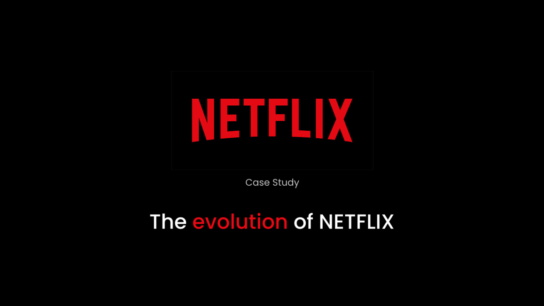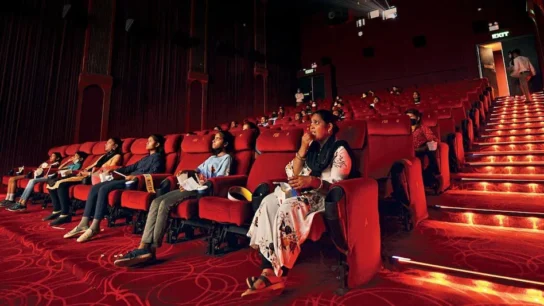Romance movies have an unparalleled ability to captivate audiences, drawing them into worlds where love conquers all, emotions run high, and happily-ever-afters are the norm. This genre, which has been a staple of the film industry since its inception, continues to evolve while maintaining its core essence of celebrating love in its many forms. From timeless classics to modern-day hits, romance movies offer an escape, a reflection, and sometimes, a heartwarming reality check.
The Evolution of Romance in Cinema
The journey of romance movies began in the silent film era, where love stories were conveyed through expressive acting and poignant scenarios. Early classics like “City Lights” (1931), starring Charlie Chaplin, showcased the power of love without uttering a single word. As cinema evolved, so did the complexity of romance films. The Golden Age of Hollywood brought us unforgettable tales like “Gone with the Wind” (1939) and “Casablanca” (1942), which set the standard for epic love stories.
In the latter half of the 20th century, romance movies began to explore diverse themes and narratives. The 1970s and 1980s saw a mix of romantic dramas and comedies, with films like “Annie Hall” (1977) and “When Harry Met Sally” (1989) redefining romantic storytelling with wit and realism. The 1990s introduced a new wave of romantic comedies, such as “Pretty Woman” (1990) and “Notting Hill” (1999), which balanced humor with heartfelt moments, creating a blueprint that many films still follow today.
Key Elements of a Romance Movie
At the heart of every great romance movie is the chemistry between its lead characters. This chemistry can make or break the believability of the love story. Iconic pairings like Humphrey Bogart and Ingrid Bergman in “Casablanca” or Leonardo DiCaprio and Kate Winslet in “Titanic” (1997) have set the bar high, their on-screen connections becoming legendary.
Another crucial element is the plot, which often revolves around the obstacles that lovers must overcome to be together. These obstacles can range from social class differences, as seen in “Pride and Prejudice” (2005), to time travel in “The Time Traveler’s Wife” (2009). The resolution of these conflicts, whether happy or bittersweet, is what leaves a lasting impression on the audience.
The setting also plays a significant role in romance movies. From the sun-drenched Italian countryside in “Call Me by Your Name” (2017) to the bustling streets of New York City in “Serendipity” (2001), the backdrop enhances the mood and aesthetic of the love story, making it more immersive.
Romance Movies in the Modern Era
Today, romance movies continue to thrive, with filmmakers pushing the boundaries to include more inclusive and diverse love stories. Films like “Moonlight” (2016) and “Love, Simon” (2018) have broadened the representation of LGBTQ+ relationships in mainstream cinema, while movies like “Crazy Rich Asians” (2018) have highlighted cultural nuances in modern romantic narratives.
Streaming platforms have also revolutionized the way we consume romance films. Netflix, for instance, has produced a plethora of original romantic content, such as “To All the Boys I’ve Loved Before” (2018) and “The Kissing Booth” (2018), catering to a younger, digitally-savvy audience.
The Impact of Romance Movies
The impact of romance movies on popular culture and society is undeniable. They often reflect and shape our understanding of love and relationships. For many, these films offer solace and hope, reminding us of the beauty of love and the possibilities it holds. They provide a safe space to explore emotions and fantasies, sometimes inspiring real-life romantic gestures.
Moreover, romance movies have given rise to some of the most memorable quotes and moments in film history. Who can forget the passionate declaration, “You complete me,” from “Jerry Maguire” (1996), or the timeless line, “Here’s looking at you, kid,” from “Casablanca”?
Conclusion
Romance movies are more than just entertainment; they are a testament to the enduring power of love. They transport us to worlds where love is the central theme, encouraging us to believe in the magic of human connection. Whether through tears or laughter, romance films continue to resonate with audiences of all ages, proving that love, in all its forms, is a story worth telling over and over again.




